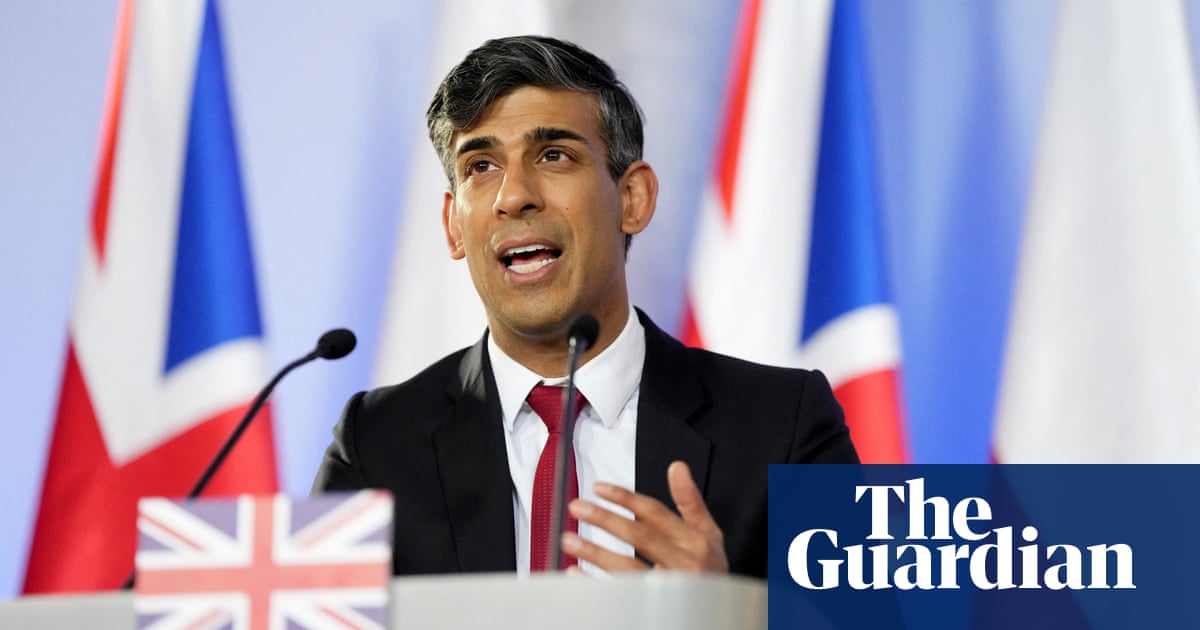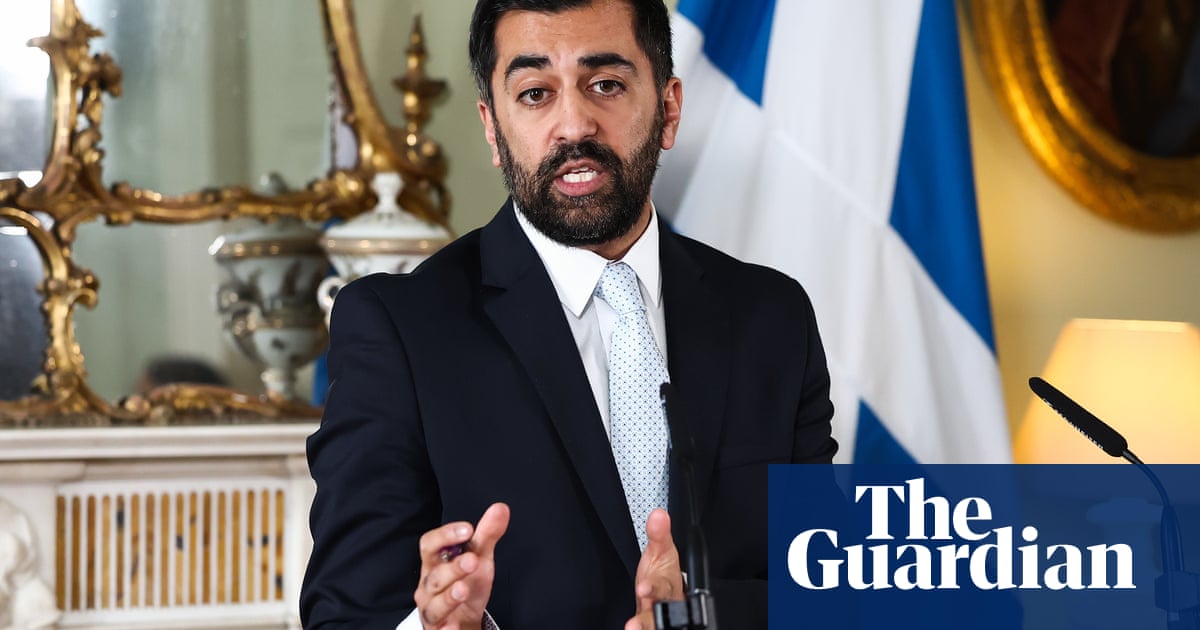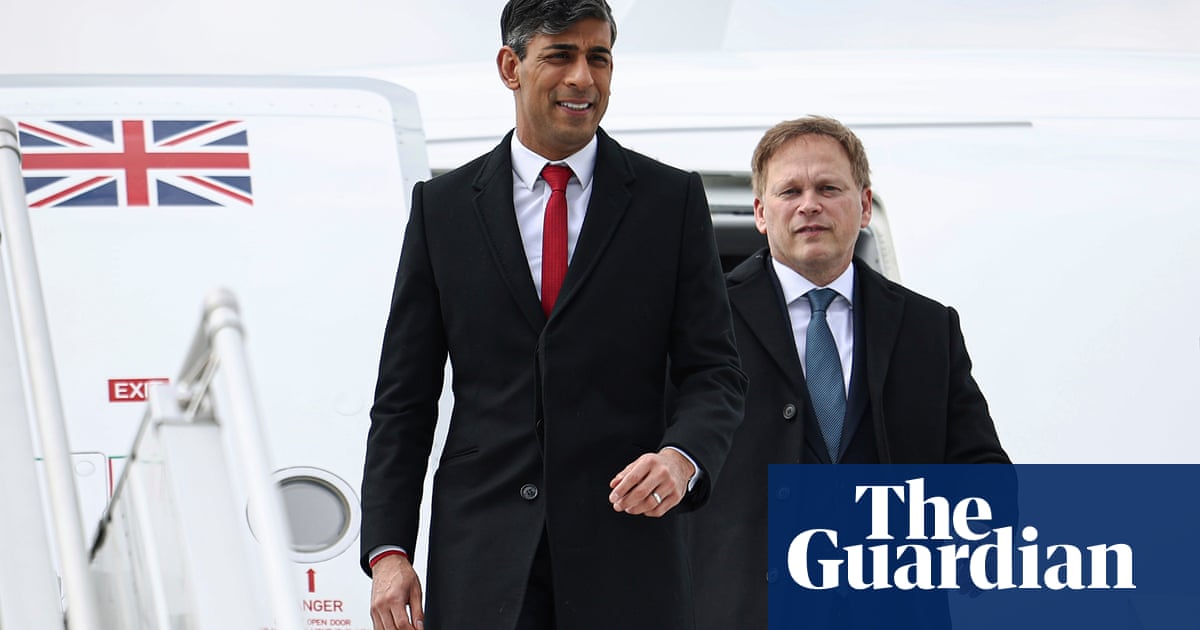Europe’s political leaders have been slow to recognise financial reality of long wars | Defence policy


Two years and two months after Russia’s invasion of Ukraine started the biggest war in Europe since 1945, and Rishi Sunak has announced that the UK’s own defence industry should be placed “on a war footing”. Speaking on a trip to Poland, the prime minister noted that one of the central lessons of the Ukraine conflict was the need for deeper stockpiles and for the arms industry to “replenish them more quickly”.
Ukraine’s leaders will be too polite to point it out but this has been evident on the battlefield for some time, although Sunak is not the only European leader to take time to grasp the scale of what is required to fight off sustained Russian aggression, the bombing of civilians and infrastructure every day. With US military aid on pause for four months, and only now poised to restart, the combined result is that Russia is gaining ground.
Russia has shifted its economy on to a war footing, spending 7.5% of GDP on defence. The UK and Europe have been slow to recognise the reality of a long war. It is not always attractive to boost arms production but Ukraine needs western munitions badly, not least when it is being out-shelled on the frontline by something in the order of 10 to one. But despite that, it remains unclear how much more artillery the UK is prepared to produce, and only that munitions will arrive on the frontline this quarter.
Sunak’s headline announcement was to increase defence spending to 2.5% of GDP by 2030, comfortably above the Nato target of 2%. But the government’s own maths show that while this is an increase, it is less dramatic than it appears. The present level is 2.32%, which includes day-to-day budgets and the £3bn for Ukraine. In today’s money 2.5% would amount to a spend of £69bn, a real-terms increase of just over £5bn, although Sunak made it sound larger by focusing on the 2030 figure of £87bn, based on future forecasts of growth and inflation.
It has been clear for some time that the world has become more uncertain with a dangerous conflict in the Middle East following on from the war in Ukraine, the days of the cold war peace dividend long over. Sunak, though, is announcing the Conservatives’ fourth policy on spending this parliament, matching a pledge first made by Boris Johnson two years ago that was briefly increased by Liz Truss to 3% of GDP before being ditched by Sunak himself when he first came to power.
A likely election of a Labour government may make this commitment academic again, with Keir Starmer saying his party would go to 2.5% “as soon as resources allow” and promising a defence review. Such a yo-yo approach, reflecting Britain’s recent political chaos, does not help industrial planning in an already notoriously profligate industry or Britain’s allies in need. Germany, long cautious about militarism, will this year provide €7bn (£6bn) of military aid to Ukraine, more than the UK’s £3bn, including a badly needed Patriot air defence system, of which Britain has none to offer.
Source link




